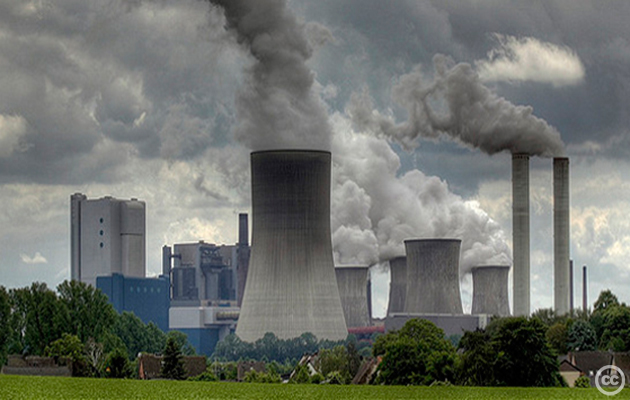
Coal power plant billowing out steam in Poland. Creative Commons: Bruno D. Rodrigues, 2006
If you want to build a fire, all you need is dry timber and a match. Voilà! Now you have both light and warmth.
But large-scale energy production requires a bit more—buildings, pipelines, railways, and workers—all of that and more is essential for bringing electricity into our homes and offices. And there is one resource that is absolutely vital, and it’s one that is becoming increasingly scarce: water.
Energy and water have enjoyed a symbiotic relationship for decades. Water utilities need energy to function as much as energy utilities need water. In the first in this series, we’ll look at some of the different ways that energy production requires water.
Depending on the type of fuel, and the type of technology used, energy production requires water for all of the following:
Electricity Generation
Thermoelectric power plants use a heat source to produce steam for generating electricity and they constitute more than 90 percent of U.S. power plants. The main demand for water in thermoelectric power plants is for condensing steam.
Fuel Extraction and Production
Water is critical for the drilling and mining of natural gas, coal, oil, and uranium.
Fuel Refining and Processing
Oil, uranium, and natural gas all need refining before they can be used as fuel—a process that requires large quantities of water.
Fuel Transportation
Water is used to transport coal through slurries — pipelines of finely ground coal mixed with water.
To find out more
How it works: Water for Electricity, Union of Concerned Scientists
The Water-Energy Nexus: Challenges and Opportunities U.S. Department of Energy








